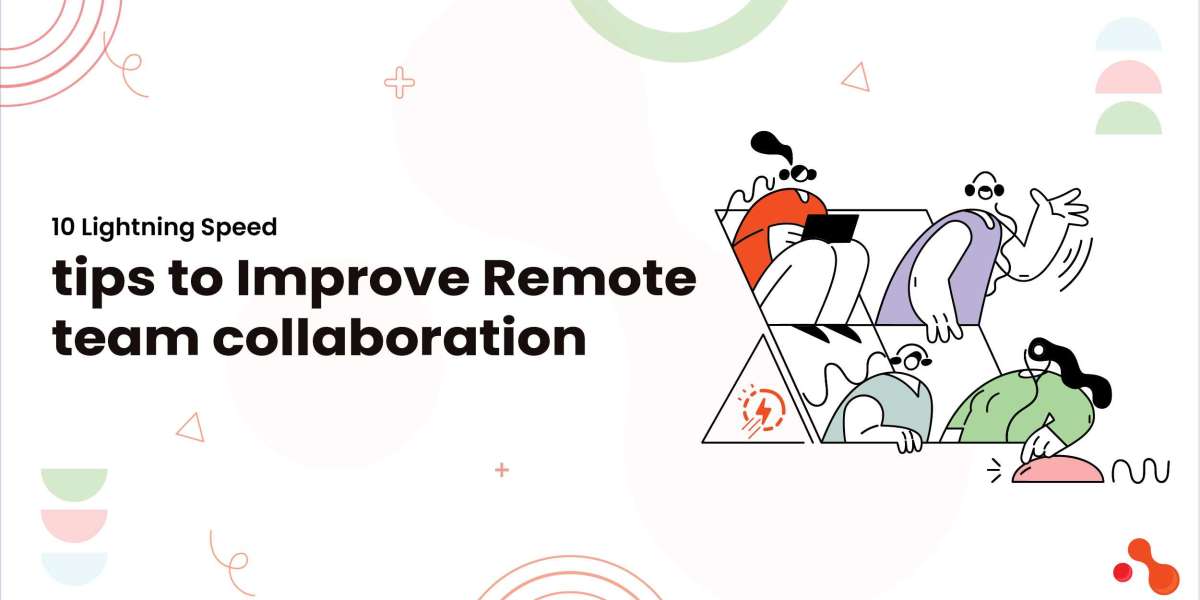In our previous discussion about Robotic Process Automation (RPA), we explored how software robots can mimic human actions to automate repetitive tasks. But what powers these digital workers? It's the RPA software itself – the specialized platforms that allow businesses to design, deploy, manage, and monitor their automation initiatives.
RPA software is the brain, the muscles, and the central nervous system of your digital workforce. Choosing the right RPA software is crucial for the success of any automation journey. Let's peel back the layers and understand what RPA software entails.
What is RPA Software?
RPA software is a collection of tools and platforms that enable the creation, deployment, and management of software robots (bots) that automate rule-based, repetitive tasks. Unlike traditional automation tools that often require complex coding and API integrations, RPA software typically operates at the user interface (UI) level, interacting with applications just as a human would.
Think of it as a comprehensive suite that provides everything you need to build and run your digital workforce.
Key Components of RPA Software
While features vary between vendors, most robust RPA software platforms include these core components:
RPA Studio / Designer:
This is the development environment where automation workflows (the sequence of steps a bot will perform) are created.
It typically features a visual, drag-and-drop interface (low-code/no-code) that allows users, including business analysts and citizen developers, to design processes without extensive programming knowledge.
Capabilities often include:
Screen Recording: Automatically captures user actions (clicks, keystrokes) to build initial workflows.
Activity Libraries: Pre-built actions (e.g., "Open Browser," "Read Excel," "Click Button") that can be dragged into the workflow.
Logic and Control Flow: Tools to add conditional statements (If/Then/Else), loops, and error handling.
Debugging Tools: For testing and troubleshooting bot workflows.
RPA Robot / Bot Runtime:
This is the execution engine that actually performs the automated tasks.
Once a workflow is designed in the Studio, the bot runtime executes it.
Unattended Bots: Operate autonomously on dedicated virtual machines or servers, often triggered by schedules or events. Ideal for back-office processes.
Attended Bots (Robotic Desktop Automation - RDA): Work on a human's desktop, assisting them with tasks and often triggered by the human user. Ideal for front-office customer service roles.
RPA Orchestrator / Control Room / Management Console:
This is the centralized platform for managing the entire RPA ecosystem.
It provides a single pane of glass to:
Deploy Bots: Push developed workflows to various bot machines.
Schedule and Queue Management: Plan when bots run, prioritize tasks, and manage work queues.
Monitor Performance: Track bot execution, identify errors, and view analytics on automation performance.
Credential Management: Securely store and manage login credentials for applications the bots interact with.
Licensing and Security: Manage user access, roles, and overall security of the RPA environment.
Audit Trails: Maintain logs of all bot activities for compliance and reporting.
Analytics and Reporting:
Most RPA software includes dashboards and reporting features to provide insights into bot performance, ROI, and process efficiency. This data is crucial for continuous improvement and demonstrating value.
Leading RPA Software Vendors
The RPA market is robust and growing rapidly, with several key players offering comprehensive platforms. The leaders often cited in market reports (like Gartner Magic Quadrant or Forrester Wave) include:
UiPath: Known for its user-friendly interface, comprehensive capabilities, strong community, and a wide range of features for large-scale enterprise deployments. Offers intelligent document processing and strong AI integrations.
Automation Anywhere: A strong competitor, particularly known for its cloud-native platform, powerful cognitive automation features, and extensive bot store. Integrates well with AI and ML.
Microsoft Power Automate: Gaining significant traction, especially for businesses deeply embedded in the Microsoft ecosystem (Azure, Office 365). Offers both cloud flows and desktop flows, with built-in AI capabilities and affordability for existing Microsoft users.
SSC Blue Prism: Focuses on enterprise-level deployments, security, and compliance, making it a strong choice for regulated industries. Known for its robust and scalable architecture.
IBM Robotic Process Automation: Leverages IBM's extensive AI capabilities (like Watson) for intelligent automation and offers flexible deployment options. Often chosen by companies already using other IBM solutions.
SAP Build Process Automation: For organizations heavily invested in SAP, this platform integrates deeply with existing SAP systems to streamline business processes.
Kofax RPA (now Tungsten Automation RPA): Offers a comprehensive suite of intelligent automation solutions, including RPA, document automation, and process intelligence, suitable for multichannel capture.
Pega RPA: Often integrated within Pega's broader intelligent automation and customer relationship management (CRM) platforms, offering strong integration with customer-centric processes.
Other notable players include Fortra Automate, ElectroNeek RPA (for SMBs), Rocketbot (code-free), and more niche solutions.
Factors to Consider When Choosing RPA Software
Selecting the right RPA software is a strategic decision. Here are key considerations:
Ease of Use / Learning Curve: How quickly can your team (both IT and business users) learn to design and deploy bots? Look for intuitive drag-and-drop interfaces and good training resources.
Scalability: Can the software scale from automating a few tasks to hundreds or thousands across the enterprise? Consider how it handles high volumes and multiple bots.
Integration Capabilities: How well does it integrate with your existing applications (ERP, CRM, legacy systems, cloud apps)? Does it rely solely on UI automation, or does it offer API integration options?
Deployment Options: Do you prefer on-premises, cloud-based (SaaS), or a hybrid deployment model? Cloud solutions often offer faster deployment and lower infrastructure costs.
AI and Cognitive Capabilities: Does the software offer built-in AI features (e.g., OCR, NLP, machine learning) or seamless integration with AI platforms to handle more complex, unstructured data?
Security and Compliance: Given that bots interact with sensitive data, evaluate the software's security features, audit trails, and compliance with industry regulations.
Cost and Licensing Model: Understand the total cost of ownership, including software licenses (per bot, per user, consumption-based), infrastructure, implementation, and ongoing maintenance.
Vendor Support and Community: Evaluate the vendor's customer support, documentation, online community, and partner ecosystem.
Attended vs. Unattended RPA Needs: Determine if your primary need is for back-office (unattended) or front-office (attended) automation, as some platforms excel more in one area.
Enterprise-Grade Features: For large organizations, look for features like centralized governance, robust exception handling, version control, and analytics.
The Evolution of RPA Software: Towards Intelligent Automation
RPA software is not static. The market is rapidly evolving, driven by the increasing integration of AI and machine learning. Modern RPA software is increasingly becoming part of a broader Intelligent Automation (IA) or Hyperautomation platform, offering capabilities beyond just mimicking clicks:
Intelligent Document Processing (IDP): Using AI to extract and understand data from unstructured documents (invoices, forms).
Process Mining and Discovery: AI tools that analyze existing system logs to identify and map out processes ripe for automation.
Low-Code/No-Code Development: Further empowering business users to build automations with minimal IT intervention.
AI-Powered Decisioning: Enabling bots to make more complex, data-driven decisions.
Conclusion
RPA software is the engine that drives digital transformation by bringing robotic process automation to life. By understanding its core components, the leading vendors, and the critical factors for selection, businesses can make informed decisions to build an efficient, accurate, and scalable digital workforce. As RPA software continues to integrate with artificial intelligence, it promises an even more intelligent and autonomous future for businesses worldwide.


